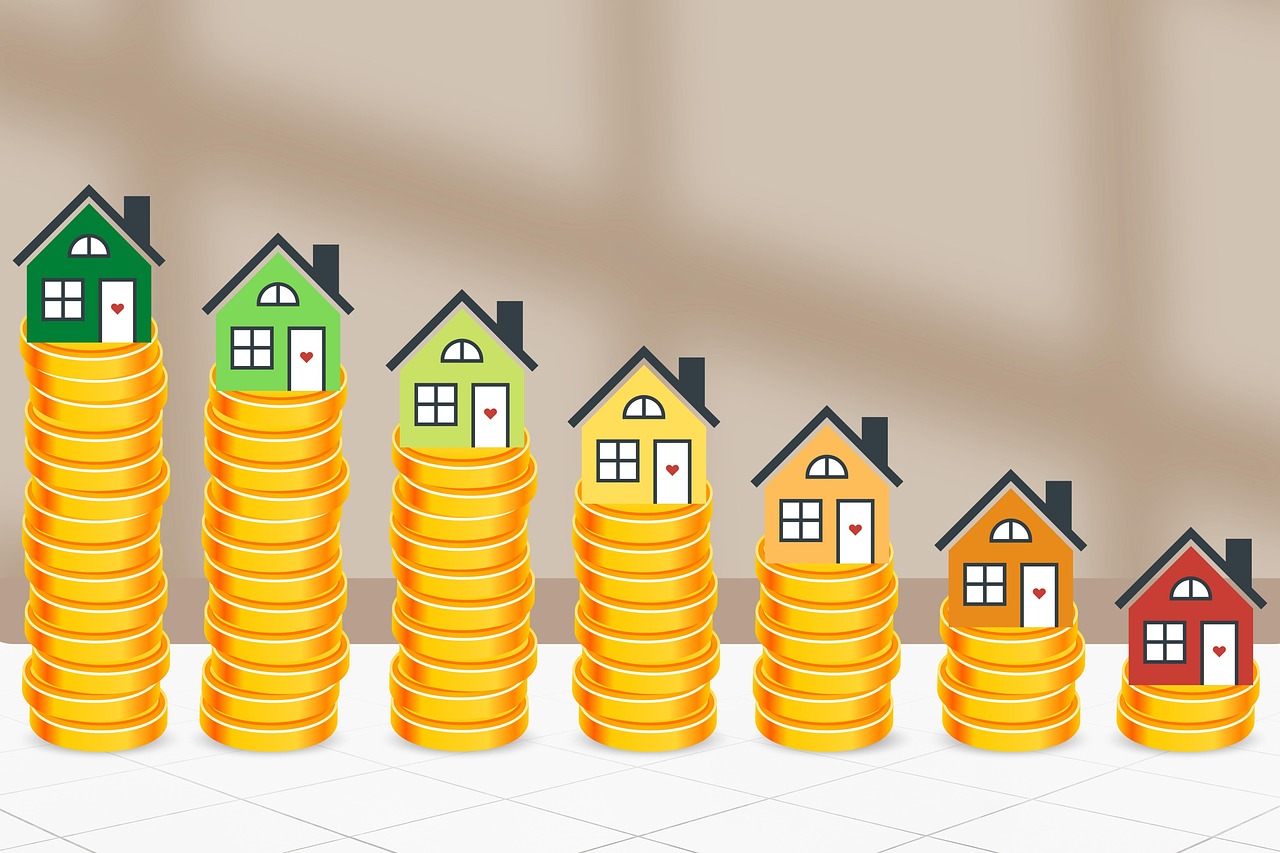Budget Apps: A Strategic Tool for Education Budgeting

In an era where technological advancements permeate every aspect of life, managing finances has become more streamlined and efficient. One significant area benefiting from these advancements is education budgeting. With the rise of budget apps, educational institutions, students, and parents can better navigate the complexities of financial planning, ensuring resources are allocated effectively and efficiently.
Education budgeting is a critical component for educational institutions, influencing everything from facility maintenance to curriculum development. Similarly, students and their families face numerous financial challenges, including tuition fees, accommodation costs, and educational materials. Budget apps offer a solution by providing tools that facilitate financial management and planning.
The Role of Budget Apps in Educational Institutions
For educational institutions, budget apps offer a strategic advantage in managing financial resources. These applications provide a platform to track expenses, forecast budgetary needs, and ensure compliance with financial regulations. Institutions can benefit from features such as:
- Expense Tracking: Detailed tracking of expenses allows institutions to identify areas of overspending and potential savings.
- Budget Forecasting: Predictive analytics help in anticipating future financial needs, enabling proactive budget adjustments.
- Report Generation: Automated reports provide insights into financial health, aiding in strategic decision-making.
Globally, educational institutions are recognizing the importance of effective budgeting. For instance, the United States and various European countries have implemented regulations requiring rigorous financial accountability, making budget apps an essential tool in compliance management.
Empowering Students and Families
Beyond institutional management, budget apps play a crucial role in assisting students and families with personal education budgeting. Rising tuition costs and living expenses make financial planning imperative for students worldwide. Budget apps offer features such as:
- Financial Planning Tools: Customizable budgeting templates help families allocate funds for tuition, books, and living expenses.
- Expense Monitoring: Real-time tracking of expenditures helps students stay within budget and develop responsible financial habits.
- Goal Setting: Features that allow users to set financial goals, such as saving for tuition or paying off student loans, provide motivation and accountability.
Countries like Australia and Canada have seen a surge in the adoption of budget apps among students, driven by the need for greater financial literacy and independence. These apps are particularly beneficial for international students, who must often navigate unfamiliar financial systems.
Technological Advancements and Global Trends
The global market for budget apps is expanding rapidly, with technological advancements driving innovation in features and usability. Artificial intelligence (AI) and machine learning are increasingly being integrated into budget apps, offering personalized recommendations based on user behavior and financial trends. Additionally, the rise of open banking is enhancing app functionality, enabling seamless access to multiple financial accounts.
Data security remains a top priority, with budget apps implementing robust encryption and authentication measures to protect user information. As a result, users can confidently manage their finances without compromising privacy.
Conclusion
Budget apps are revolutionizing education budgeting by offering tools that enhance financial management for institutions, students, and families. As the global education landscape continues to evolve, the adoption of these apps is likely to grow, driven by the need for transparency, accountability, and efficiency in financial planning. By harnessing the power of technology, budget apps are not only facilitating better financial decisions but also contributing to the broader goal of educational access and sustainability worldwide.
















